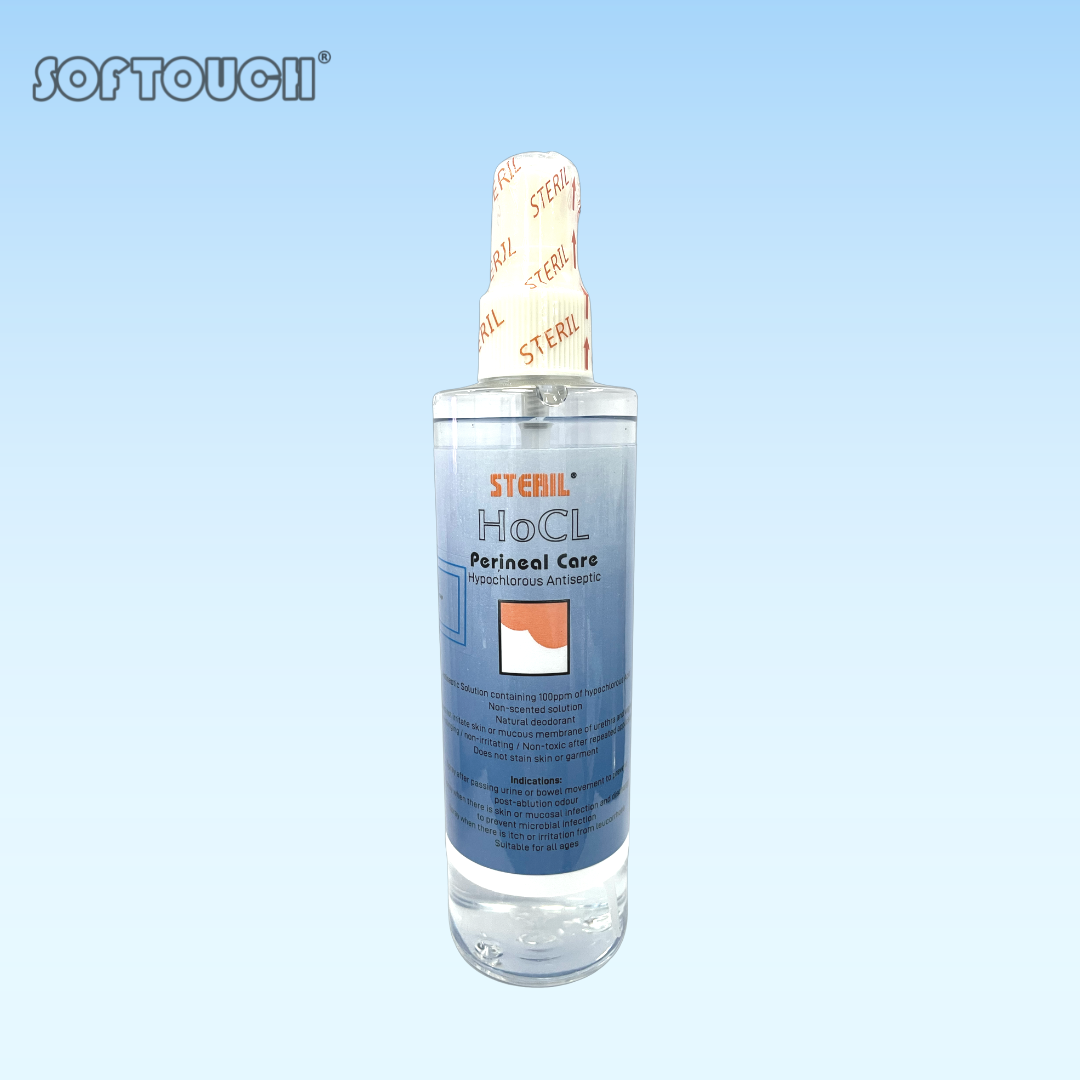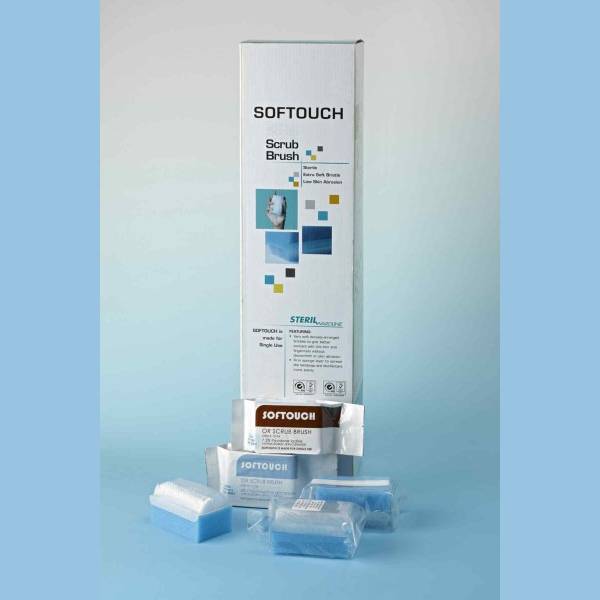Description
Antiseptic Solution containing 100ppm of hypochlorous Acid Natural Deodorant Does not irritate skin or mucous membrane of urethra and vagina Non-Stinging/ non-irritating/ non-toxic after repeated application Does not stain skin or garment
Hypochlorous Acid Antiseptic
Indications
Spray after passing urine of bowel movement to prevent post-ablution odour Spray when there is skin or mucosal infection and discharge to prevent microbial infection Spray when there is itch or irritation from leucorrhoea Suitable for all ages
HOCL is naturally formed within activated human neutrophils and other tissue phagocytes and occurs when myeloperoxidase (MPO) is produced when these cells are engaged in their phagocytic activity. The MPO acts on cytoplasmic peroxides and chloride ions to form HOCL. Physiologically- generated HOCL, however, is unstable and short-lived. In recent years, the stable product which is used is synthesized by a machine that uses Electro Chemical Activation (ECA) technology.
The biocide synthesized inactivates clinical isolates of Methicillin-resistant Staphylococcus aureus (MRSA), Enterococcus faecalis, Streptococcus pneumoniae, Salmonella typhi, Salmonella paratyph Ai, Shigella flexneri, Pseudomonas aeruginosa, E. coli, Klebsiella pneumoniae, Enterobacter cloacae, Proteus mirabilis, Candida albicans.
It is also virucidal. There are reports that claim that HOCL is effective against COVID 19 virus.
HOCL is a natural chemical and therefore has no adverse effects. It does not smart or injure tissues even after long contact. It gives a soothing feel while healing goes on. It is non-toxic when ingested and can safely contact the eyes or permeate small fissures on the body to clean and deodorize. Non- allergenic and non-irritable
The positive properties of HOCL have been studied worldwide over a hundred years with numerous publications in peer-reviewed journals. Apart from its remarkable antimicrobial potency, HOCL has been studied and the following observations documented:
- Protects against skin aging
- Helps blood clotting when applied to wounds
- Assists fibrinogen oxidation producing firmer clots
- Stimulates immunity to germs
- Stimulates wound healing
- Promotes epithelilization





Reviews
There are no reviews yet.